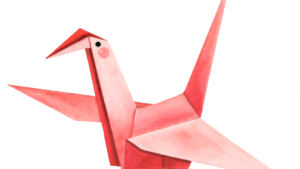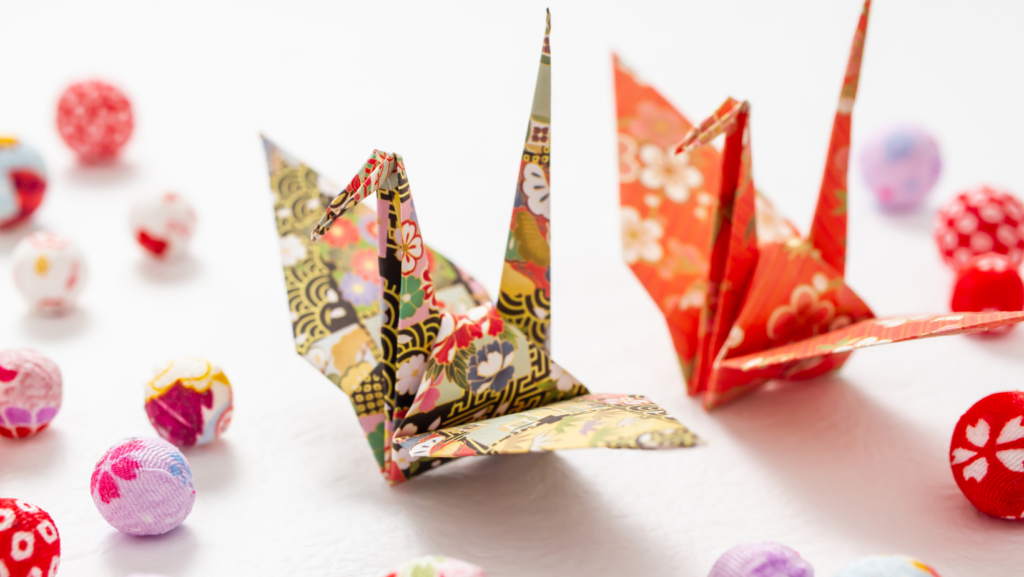Japanese paper art, a captivating blend of tradition and creativity, has enchanted people worldwide for centuries. Rooted deeply in Japan’s rich cultural heritage, these intricate art forms transform simple sheets of paper into stunning masterpieces. Whether it’s the delicate folds of origami or the vibrant textures of washi, each piece tells a story of precision and artistry.
This ancient craft isn’t just about aesthetics; it reflects a philosophy of mindfulness and patience. Artists meticulously manipulate paper, creating patterns and shapes that evoke a sense of harmony and balance. As a testament to its enduring appeal, Japanese paper art continues to inspire modern artists and designers, bridging the gap between past and present.
Japanese Paper Art

Japanese paper art, known for its elegance and precision, has a rich history dating back over a thousand years. The craft traces its origins to the early 7th century, when papermaking techniques were introduced to Japan from China. The Japanese then adapted these methods, developing unique styles and techniques that catered to their cultural and artistic preferences.
In the Heian period (794-1185), paper became more widely available, leading to its widespread use in religious texts, official records, and poetry. This period saw the emergence of washi, a traditional form of handmade paper that remains integral to Japanese paper art. The pliability and durability of washi allowed for its application in various crafts, from calligraphy to origami.
Types Of Japanese Paper Art
Japanese paper art encompasses various forms, each unique in technique and expression. Artists transform paper into stunning creations using skills honed over centuries.
Origami
Origami involves folding paper into intricate shapes and designs. Practiced since the Edo period, it shapes cultural symbols like cranes and frogs. Origami conventions promote mindfulness through precise folding, helping create elaborate pieces ranging from simple to complex.
Kirigami
Kirigami, an offshoot of origami, combines folding with cutting. Artists craft detailed designs by making precise cuts in the paper. These creations often include snowflakes or flowers, showcasing the artist’s skill in manipulating paper to achieve delicate outcomes.
Washi Paper Craft
Washi paper craft uses traditional Japanese paper, known for its strength and texture. Washi, developed during the Heian period, supports various crafts such as calligraphy and printmaking. Artists use washi to enhance texture, adding depth to their art through this ancient medium.
Techniques And Tools

Japanese paper art combines skill and precision to create detailed works. Various techniques and specialized tools ensure the art’s uniqueness and authenticity.
Folding Techniques
Folding techniques form the foundation of Japanese paper art. Artists execute precise folds to create intricate designs. Valley folds, which create a dip in the paper, and mountain folds, which form a peak, set the basis for complex structures. Reverse folds involve flipping a section of paper, adding dimension to the piece. Each fold requires deft handling and contributes to the art’s meditative quality.
Cutting Techniques
Cutting techniques enhance Japanese paper art by adding detail and texture. Kirigami involves intricate cuts combined with folding, allowing artists to craft elaborate designs. Scissors or precision knives are essential for detailed patterns. Chigiri-e, utilizing torn washi paper, creates a collage effect, offering a unique texture. Artists select cutting techniques based on the desired complexity and visual impact.
Cultural Significance

Japanese paper art holds profound cultural significance, reflecting the values and traditions central to Japanese society. This art form, particularly origami, symbolizes purity and simplicity, emphasizing the Japanese aesthetics of minimalistic beauty. Origami often serves as a tool for educational purposes, teaching discipline and precision, crucial elements in Japanese culture.
The practice of kirigami highlights the balance between freedom and restraint, resonating with the Japanese philosophy of finding beauty in imperfection. The use of washi paper in cultural rituals and practices showcases its importance, with washi serving as a canvas for calligraphy in religious ceremonies and festivals.
Incorporating these paper arts into modern life supports the continuity of cultural traditions. Exhibitions and workshops celebrate these art forms, offering insight into the skills and historical contexts that crafted these traditions. This engagement facilitates the preservation of cultural heritage and its adaptation to contemporary artistic expression, ensuring Japanese paper art remains a vital cultural emblem.



